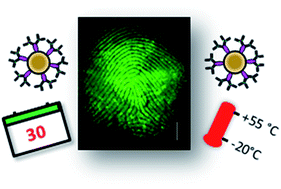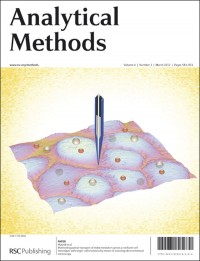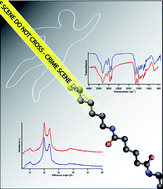This month sees the following articles in Analytical Methods that are in the top ten most accessed:-
A graphene oxide–rhodamine 6G nanocomposite as turn-on fluorescence probe for selective detection of DNA
Xue Wang , Shuhua Zhong , Yu He and Gongwu Song
Anal. Methods, 2012, 4, 360-362 DOI: 10.1039/C2AY05827H
A simple and sensitive colorimetric method for detection of mercury ions based on anti-aggregation of gold nanoparticles
Tingting Lou , Ling Chen , Chunrong Zhang , Qi Kang , Huiyan You , Dazhong Shen and Lingxin Chen
Anal. Methods, 2012, 4, 488-491 DOI: 10.1039/C2AY05764F
Silver(I) ion detection in aqueous media based on “off-on” fluorescent probe
Chunwei Yu , Jun Zhang , Mingyu Ding and Lingxin Chen
Anal. Methods, 2012, 4, 342-344 DOI: 10.1039/C2AY05714J
Capacitively coupled contactless conductivity detection on microfluidic systems—ten years of development
Wendell Karlos Tomazelli Coltro , Renato Sousa Lima , Thiago Pinotti Segato , Emanuel Carrilho , Dosil Pereira de Jesus , Claudimir Lucio do Lago and José Alberto Fracassi da Silva
Anal. Methods, 2012, 4, 25-33 DOI: 10.1039/C1AY05364G
Visual detection of copper(ii) based on the aggregation of gold nano-particles via click chemistry
Zhenyu Lin , Sen Gao , Jing Lin , Wenlie Lin , Suyan Qiu , Longhua Guo , Bin Qiu and Guonan Chen
Anal. Methods, 2012, 4, 612-615 DOI: 10.1039/C2AY05765D
Let there be chip—towards rapid prototyping of microfluidic devices: one-step manufacturing processes
Ansgar Waldbaur , Holger Rapp , Kerstin Länge and Bastian E. Rapp
Anal. Methods, 2011, 3, 2681-2716 DOI: 10.1039/C1AY05253E
Highly sensitive fluorescent chemosensor for hypochlorite anion based on a novel irreversible ring-opening strategy
Fangfang Wei , Yan Lu , Song He , Liancheng Zhao and Xianshun Zeng
Anal. Methods, 2012, 4, 616-618 DOI: 10.1039/C2AY05788C
Determination of amino acids and amines in mammalian decomposition fluid by direct injection liquid chromatography-electrospray ionisation-tandem mass spectrometry
Lisa M. Swann , Francesco Busetti and Simon W. Lewis
Anal. Methods, 2012, 4, 363-370 DOI: 10.1039/C1AY05447C
Polyaniline/polyacrylic acid/multi-walled carbon nanotube modified electrodes for sensing ascorbic acid
Ida Tiwari , Karan Pratap Singh , Manorama Singh and Craig E. Banks
Anal. Methods, 2012, 4, 118-124 DOI: 10.1039/C1AY05415E
Simultaneous determination of two important dopamine metabolites at physiological pH by voltammetry
S. Brillians Revin and S. Abraham John
Anal. Methods, 2012, 4, 348-352 DOI: 10.1039/C2AY05664J
Why not take a look at the articles today and blog your thoughts and comments below.
Fancy submitting an article to Analytical Methods? Then why not submit to us today or alternatively email us your suggestions.
Comments Off on Top ten most accessed articles in February












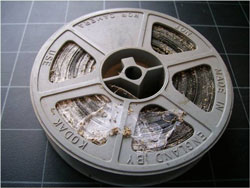
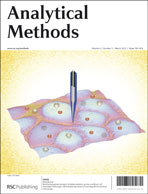
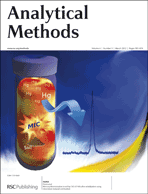
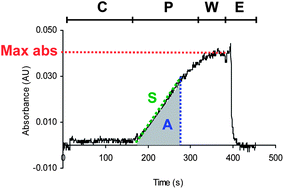
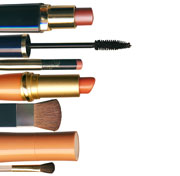 We’re delighted to announce that submissions are open for a new themed issue Guest Edited by
We’re delighted to announce that submissions are open for a new themed issue Guest Edited by 